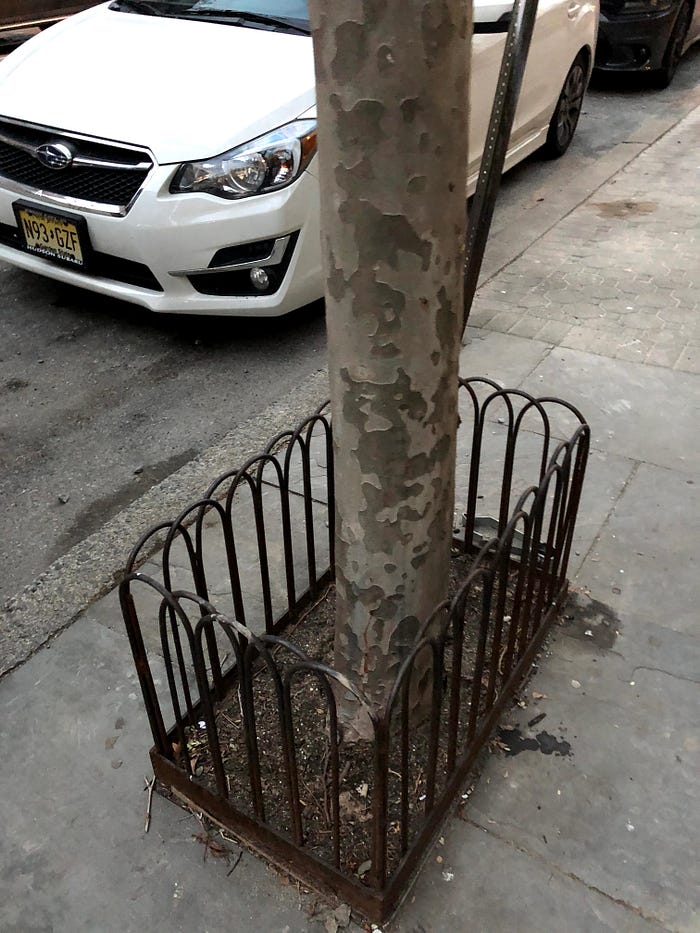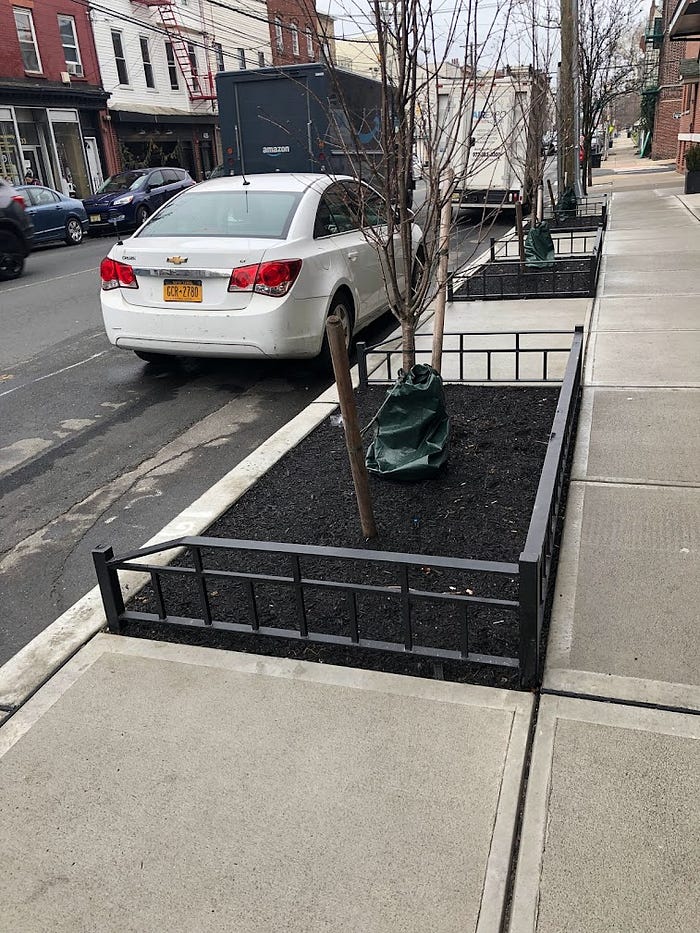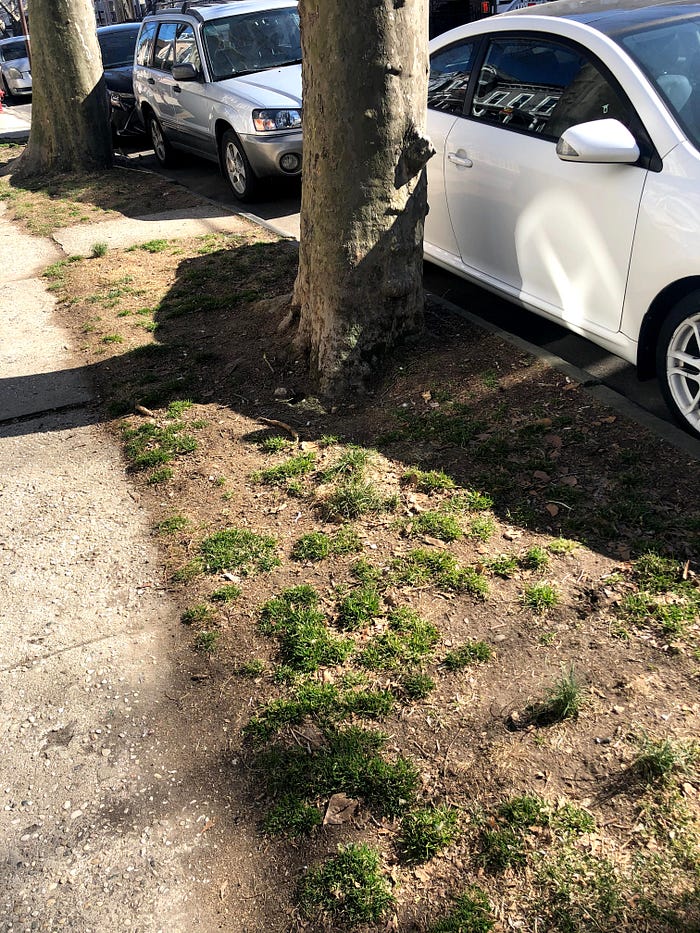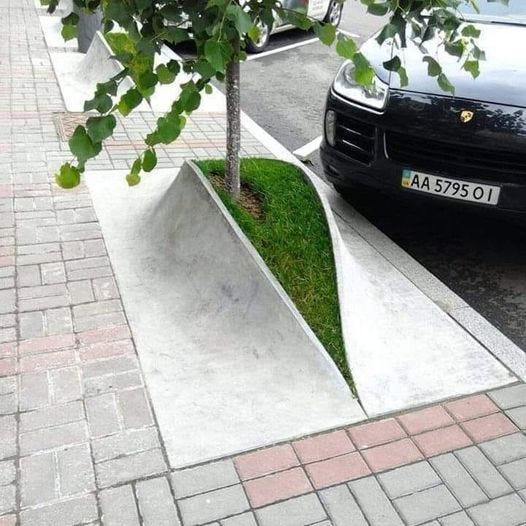Tree Pit Tier List
Tree pits are small patches of earth on sidewalks in urban and suburban areas. Some people find street trees to be a nuisance because they take up sidewalk space, people frequently leave trash and dog droppings in them, and birds sit in the trees and rain droppings onto cars parked beneath them. Although those are valid reasons to not like street trees, the positive benefits heavily outweigh the negative.
Street trees are the only type of public infrastructure that increase in value over time as they get larger. The most important service street trees provide is shade from the sun. That’s why groups that manage street trees are typically called shade tree commissions. There are many other benefits for humans that street trees provide. Street trees also provide much-needed benefits for the ecosystems in urban areas.
Tree pit maintenance has similar regulations as sidewalks do. It’s the property owner’s responsibility to maintain street trees adjacent to their property. Because of this, tree pits come in all shapes and sizes. However, there are good and bad practices when it comes to tree pit design. Trees take decades to mature so it is a huge time commitment to let street trees grow. Street trees are also a large investment. Street trees are usually grown on tree farms until they are about 10 feet tall and then they are sold for around $200 to $400 each. Poor-quality tree pits jeopardize having good shade trees grow in them. If you’re looking for best practices for all things tree pits, refer to the NYC Park & Rec installation guide and maintenance guide. I have compiled a list of all the different types of tree pits I could find in Jersey City and Hoboken, two densely populated urban areas. I ranked the tree pits based on the long-term benefit to the tree growing within them. Let's start with the worst ones:
F tier






C tier




B tier



A tier


Special Mention


